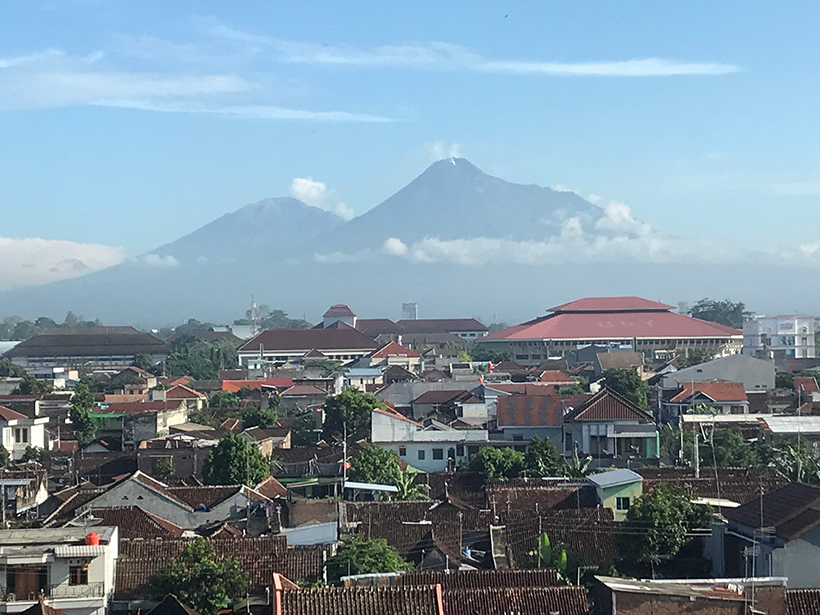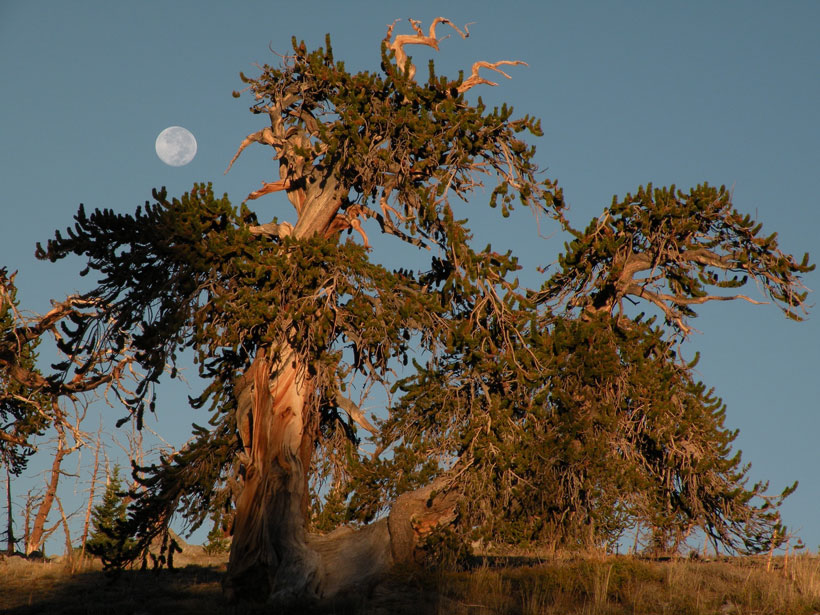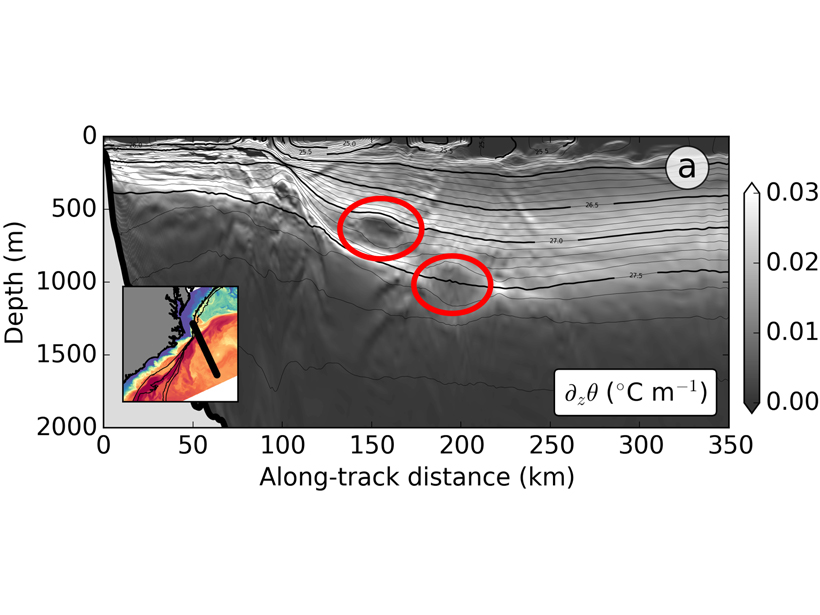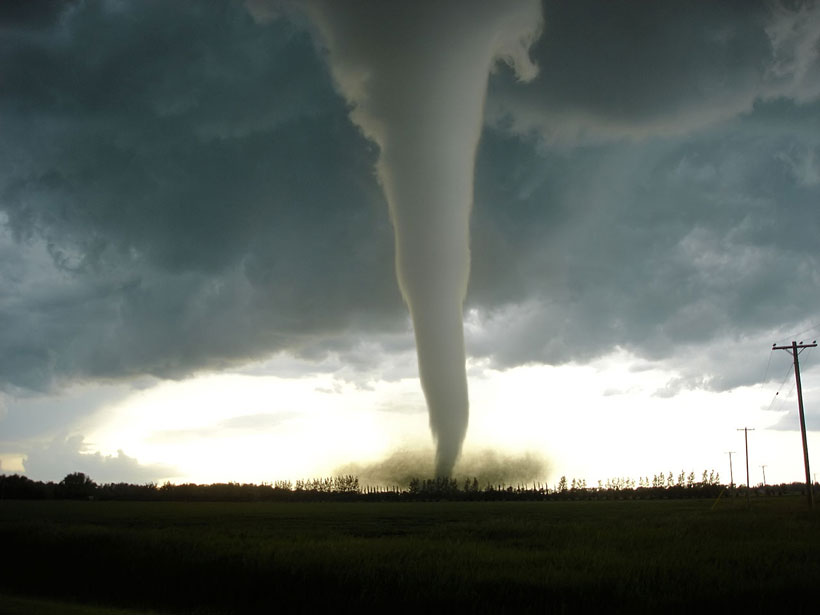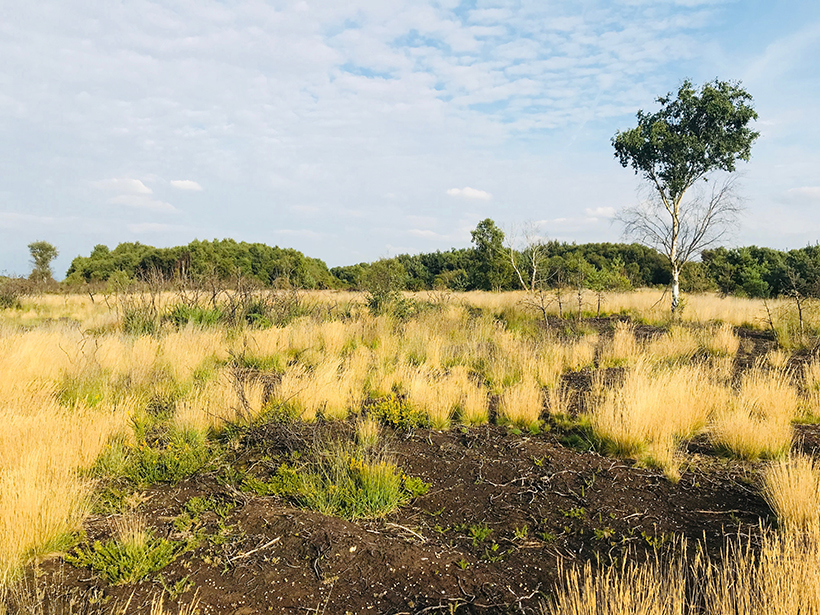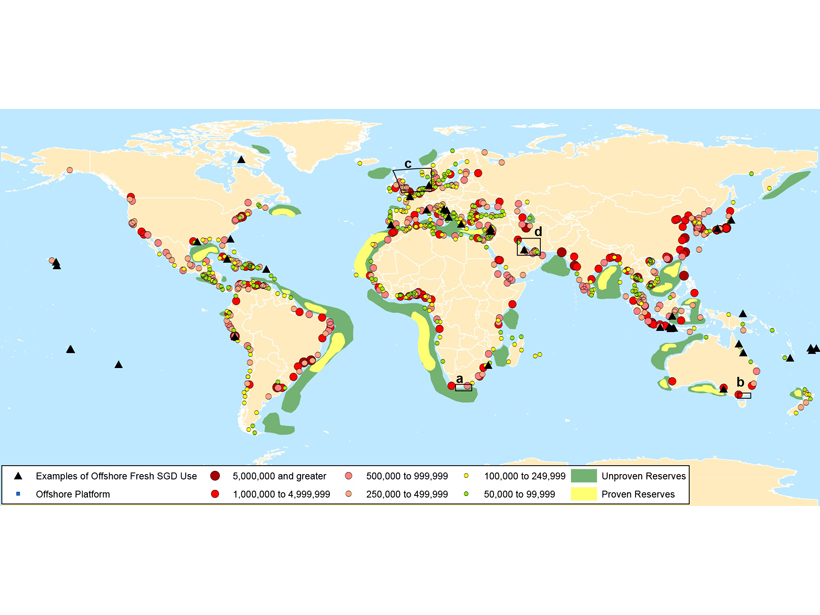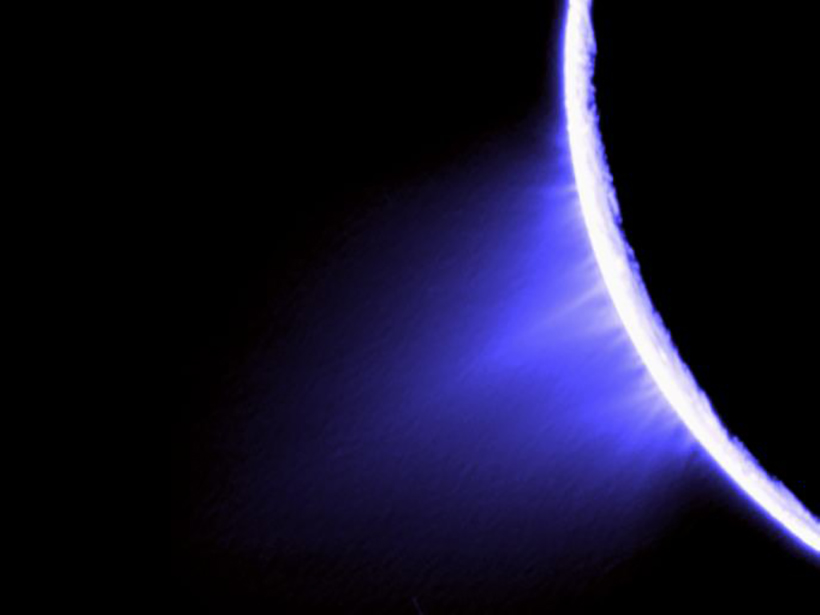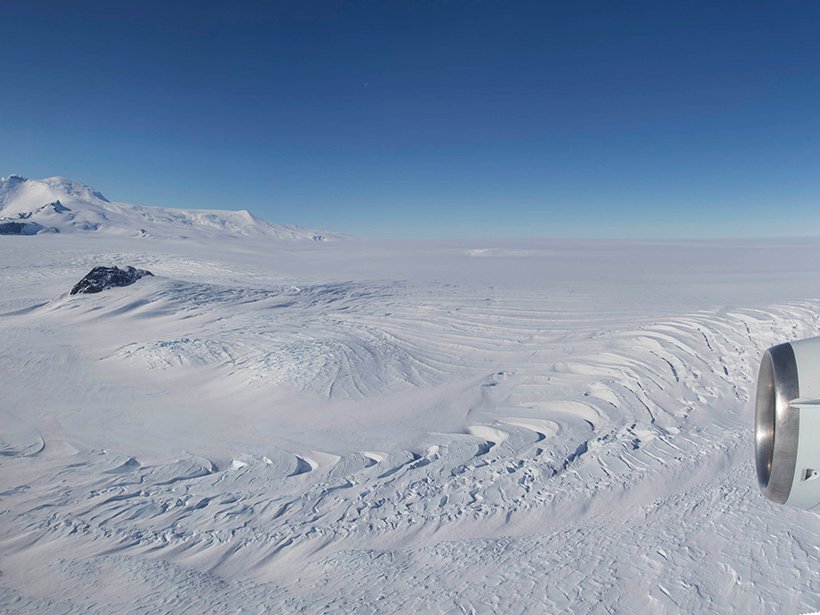Optimizing the Use of Volcano Monitoring Database to Anticipate Unrest; Yogyakarta, Indonesia, 26–29 November 2018
CC BY-NC-ND 2019
Connecting the Southern Ocean with Clouds
ACE-DATA/Antarctic Sea-Atmosphere Interactions Data (ASAID) Workshop; 5–6 November 2018, Lausanne, Switzerland
Topography and Microclimate Shape Tree Ring Growth
Wizened bristlecone pines in California reveal past climate trends, and new research shows how slight variations in landscape position drive different growth patterns in trees’ annual rings.
Wrinkles and Bumps in the Gulf Stream
Observations of tiny vortices in the ocean interior provide hints of a dynamic richness of the deep ocean that we are yet to fully appreciate.
The Long and Winding Road: Making Resilience Real
As humans face an inherently riskier world, a special collection in Earth’s Future explores thematic, theoretical, and empirical approaches to resilient decision-making.
Before Canadian Scientists Can Study Tornadoes, They Have to Find Them
A yearlong project aims to find more than 150 “missing” tornadoes thought to hit Canada each year.
Ancient Fires and Indigenous Knowledge Inform Fire Policies
Global Paleofire Working Group 2: Diverse Knowledge Systems for Fire Policy and Biodiversity Conservation; Egham, United Kingdom, 4–9 September 2018
Pumping Offshore Groundwater Resources Has Consequences on Land
While vast volumes of fresh groundwater are located offshore, pumping these reserves can also deplete on-shore aquifers and cause land subsidence.
Looking Down to Reach to the Stars
Discoveries deep beneath Earth’s surface drive planetary exploration, and discoveries on other planets inform our understanding of the world beneath our feet.
What’s Missing from Antarctic Ice Sheet Loss Predictions?
Accurately modeling melt rates in specific ice shelf locations is critical for forecasting how Antarctica’s ice sheet will respond to climate change.

